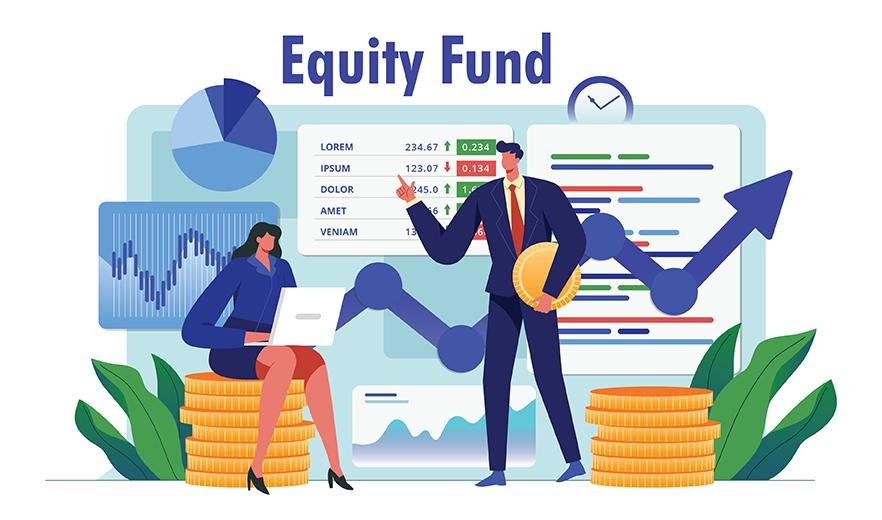Introduction
Venture capital (VC) is a form of private equity financing that is provided by venture capital firms or funds to startups, early-stage, and emerging companies that have been deemed to have high growth potential or which have demonstrated high growth (in terms of number of employees, annual revenue, scale of operations, etc). Venture capital firms or funds invest in these early-stage companies in exchange for equity, or an ownership stake. Venture capitalists take on the risk of financing risky start-ups in the hopes that some of the firms they support will become successful.

Venture capital is also a way in which the private and public sectors can construct an institution that systematically creates business networks for the new firms and industries so that they can progress and develop. This institution helps identify promising new firms and provide them with finance, technical expertise, mentoring, talent acquisition, strategic partnership, marketing “know-how”, and business models.

How Does a VC Differ From Private Equity?
Private equity and Venture Capital firms both raise pools of capital from accredited investors known as limited partners (LPs), and they both do so in order to invest in privately-owned companies. Their goals are the same: to increase the value of the businesses they invest in and then sell them—or their equity stake (aka ownership) in them—for a profit.
How Does a VC Differ From an Angel Investor?
While both provide money to startup companies, venture capitalists are typically professional investors who invest in a broad portfolio of new companies and provide hands-on guidance and leverage their professional networks to help the new firm. Angel investors, on the other hand, tend to be wealthy individuals who like to invest in new companies more as a hobby or side-project and may not provide the same expert guidance. Angel investors also tend to invest first and are later followed by VCs.
How does venture capital work?
To raise the money needed to invest in companies, VC firms open a fund and ask for commitments from limited partners. Using this process, they’re able to draw from a pool of money that they invest into promising private companies with high growth potential. As companies grow, they go through different stages of the venture capital ecosystem. VC firms usually focus on one or two VC funding stages, which impacts how they invest.
If a company a VC firm has invested in is successfully acquired or goes public through the IPO process, the firm makes a profit and distributes returns to the limited partners that invested in its fund. The firm could also make a profit by selling some of its shares to another investor on what’s called the secondary market.
Types of Venture Capital Funds
Venture Capital Funds are classified on the basis of their utilization at different stages of a business. The 3 main types are early stage financing, expansion financing, and acquisition/buyout financing.
Early stage financing
There are 3 sub-categories in early stage financing. These are seed financing, startup financing, and first stage financing. Seed financing is a small sum given to the entrepreneur to serve the purpose of qualifying for a startup loan. Startup financing is when the companies receive funds to complete the development of its services and products. When companies need capital to begin the business activities in full swing, they need first stage financing.
Expansion financing
Expansion financing is classified into second stage financing, bridge financing, and third stage financing. The second stage and third stage financing are given to companies so that they can start their expansion process in a major way. Bridge financing is offered to companies in the form of monetary support when they employ Initial Public Offerings (IPO) as a principal business strategy.
Acquisition or buyout financing
Acquisition finance and leveraged buyout financing are the categories falling under acquisition or buyout financing. When a company needs funds to acquire another company or parts of a company, acquisition financing comes to aid. Leveraged buyout financing is required when a management group of a company wishes to acquire another company’s particular product.
Advantages of Venture Capital Funds
- Banks usually prefer to finance a new business which has hard assets. In the current information-based economy, new start-ups hardly have any hard asset. Venture Capitalists step in under these circumstances.
- They can provide more insights into the market.
- Can help in strategy formulation.
- Can help in developing strategic networks
Disadvantages of Venture Capital Funds
Though venture capital funds come with an array of benefits, there are also a few disadvantages that they offer. Some of them are given below:
- When investors fund a startup or a small enterprise, they partly become the owners of the enterprise which means that they have a control in the decision-making process. This results in the founders losing their control and autonomy.
- The entire process of venture capital financing is lengthy and complex.
- This form of financing is very uncertain and benefits can be realized only in a long run.
Early Stage
Early Stage Funding is sub-divided into three categories.
Seed Funding
Many entrepreneurs, at the beginning of the start-up idea, seek seed funding from Venture Capitalists.
Even though the product is not developed, Venture Capital firms show interest in your idea by checking the proof of concept and the type of business model you choose.
Start-up Funding
Start-up funding refers to the amount of money funded to the company’s initial setup process to develop the working prototype.
This covers
- Office space,
- Recruiting staff, and
- To do further market research.
First Stage Funding
Funding at this stage is provided for the companies that show growth after two or three years. Venture Capital firms fund at this stage to maximize productivity, to increase sales, advertising, and marketing activities.
This will be a large sum of money that will help your company to reach a wider group of the audience which creates brand awareness and makes your company a well-established one.
Expansion Funding
Expansion Funding is sub-divided into two categories.
Second Stage Funding
Second stage funding is provided to the well-established companies which show increased growth and revenue.
After reaching a larger audience, the entrepreneurs may wish to expand their business to the next level.
For this purpose, venture capital firms lend a huge amount of money for returns in terms of equity. This would be helpful for your company to increase its production capacity and to enter new markets.
Bridge Funding or Mezzanine Funding
Bridge funding is used to meet the needs for the short-term purpose. There are some VC firms to help the business which provides funds for a short-term period until you get the large fund.
This is simply called bridging the gap.
Bridge funding is also known as Mezzanine funding which will be useful for the short term if the company plans to go for Initial Public Offering (IPO).
Acquisition or Buyout Funding
Acquisition funding is useful for acquiring a part of a business or the entire business of another company.
If your company shows sustained growth over a period of time and if you are planning to expand your business by acquiring other businesses, you can reach out to VC firms to get financial assistance.
Buyout funding is obtained to acquire an asset of other companies that are underperforming for a long time. The asset of the other companies can be used as collateral for getting finance from the VC firms.
How is a Venture Capital (VC) Fund Structured?
Currently, the fund structure is similar to what it was 40 to 50 years back.
- The partnership is a combination of limited and general partners.
- The life of the fund ranges from 7 years to 10 years.
- The VC fund investments take place over the course of the first two to three years and the returns are usually obtained over the last 2 or 3 years.
- In today’s scenario, the average fund managed and the number of investments managed is much more than what it used to be in the past.




